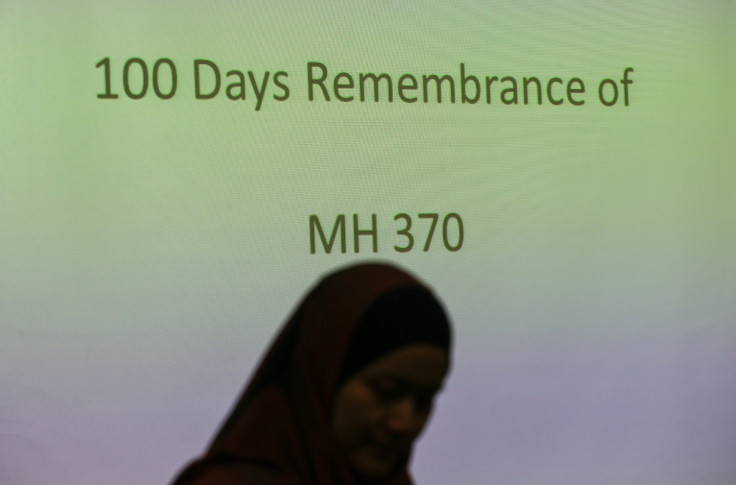Flight MH370 Update: New Search Area To Move South Of First Suspected Crash Site In Indian Ocean

Search operations for the missing Malaysian Airlines Flight MH370 will enter a new phase as investigators prepare to focus on an area of the Indian Ocean that is hundreds of miles south of the initial underwater search zone.
A 23,000-square-mile search of the ocean floor is expected to begin for the wreckage of the missing jetliner, which disappeared on March 8 with 239 people on board, Associated Press, or AP, reported Friday, citing Martin Dolan, chief commissioner of the Australian Transport Safety Bureau. An announcement about the next phase of the search, which will employ powerful sonar equipment in an area south of where underwater drone Bluefin-21 was deployed fruitlessly, will be made next week, according to Dolan.
"All the trends of this analysis will move the search area south of where it was," Dolan said, according to AP. "Just how much south is something that we're still working on."
The initial search area, in a remote part of the southern Indian Ocean about 1,000 miles northwest off the Western Australia coast, was determined after underwater devices detected acoustic signals in early April, which at the time was believed to have come from the plane’s black box, and was considered to be one of the most reliable clues in the unprecedented and baffling search for the airline, which is set to become the most expensive one in aviation history.
The Boeing 777-200 jet, operated by Malaysia Airlines, went missing shortly after taking off for Beijing from Kuala Lumpur International Airport. Investigators believe, based on the plane's last-known position as analyzed with the help of satellite data, that the plane veered thousands of miles off course and crashed in the southern Indian Ocean.
"There was a very complex analysis and there were several different ways of looking at it. Specialists have used several different methodologies and bringing all of that work together to get a consensus view is what we're finalizing at the moment," Dolan reportedly said.
In the next search phase, which is expected to begin in August and take up to 12 months, private contractors will use sonar equipment capable of scouring ocean depths of about 4.3 miles to look for the plane in the newly designated search zone. Meanwhile, two survey ships -- an Australian Fugro Equator and Chinese PLA-Navy ship, Zhu Kezhen -- are mapping the unexplored seabed in the search zone before the sonar equipment is deployed.
According to the Joint Agency Coordination Centre, the Zhu Kezhen has so far surveyed about 1,578 square miles of the ocean floor in the area and is expected to complete mapping the nearly 23,166-square-mile search zone in about three months.
© Copyright IBTimes 2024. All rights reserved.





















